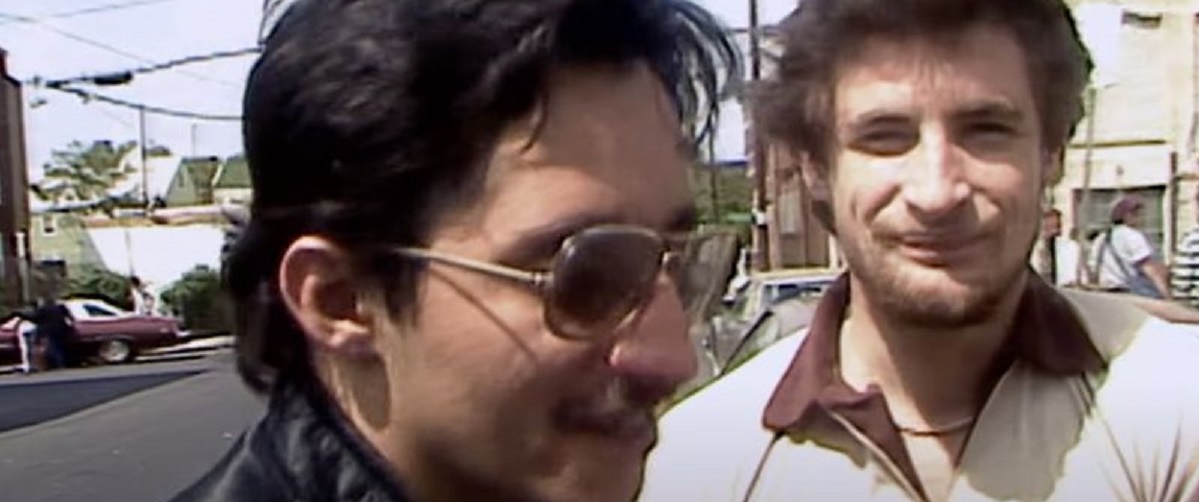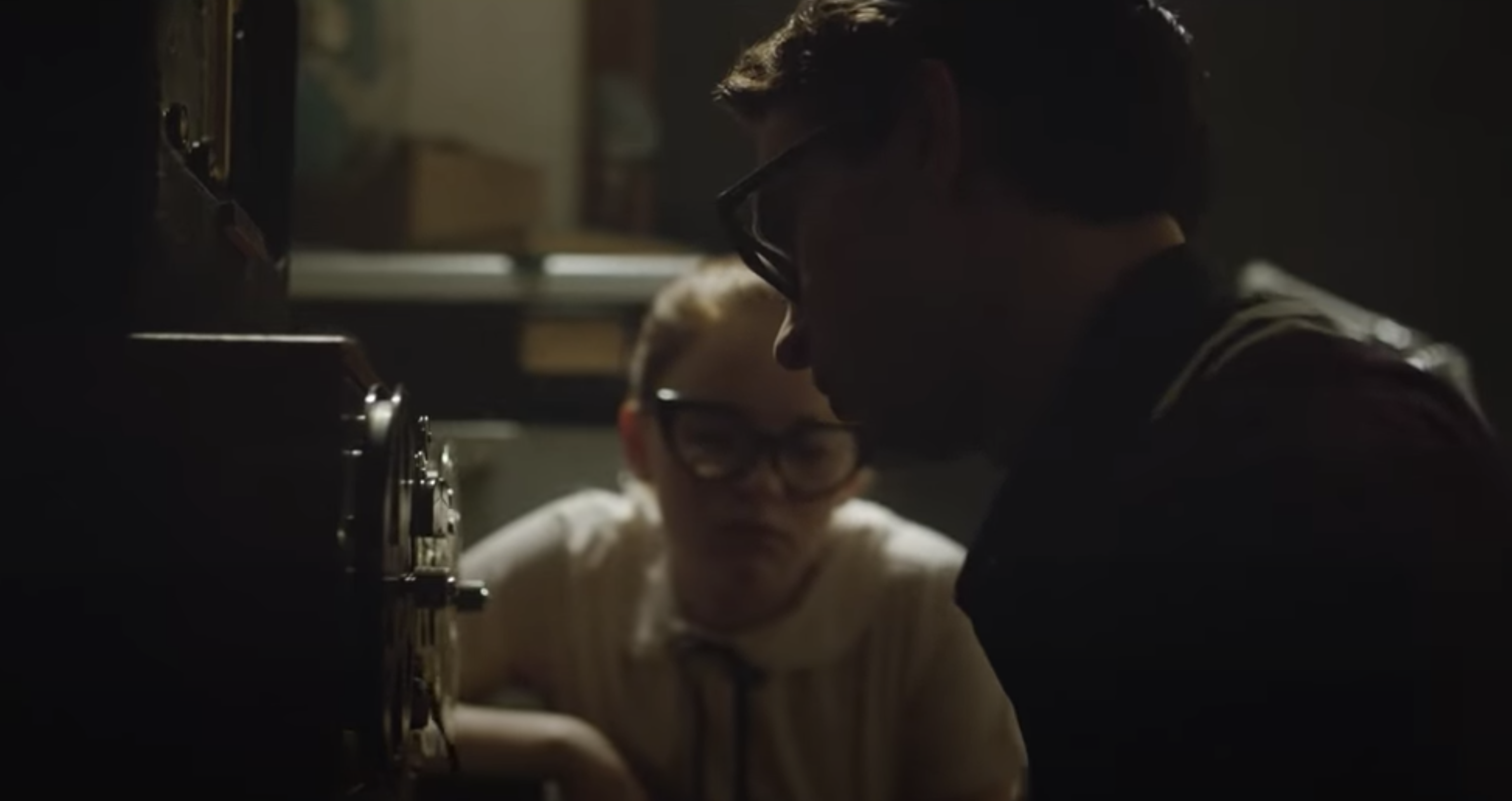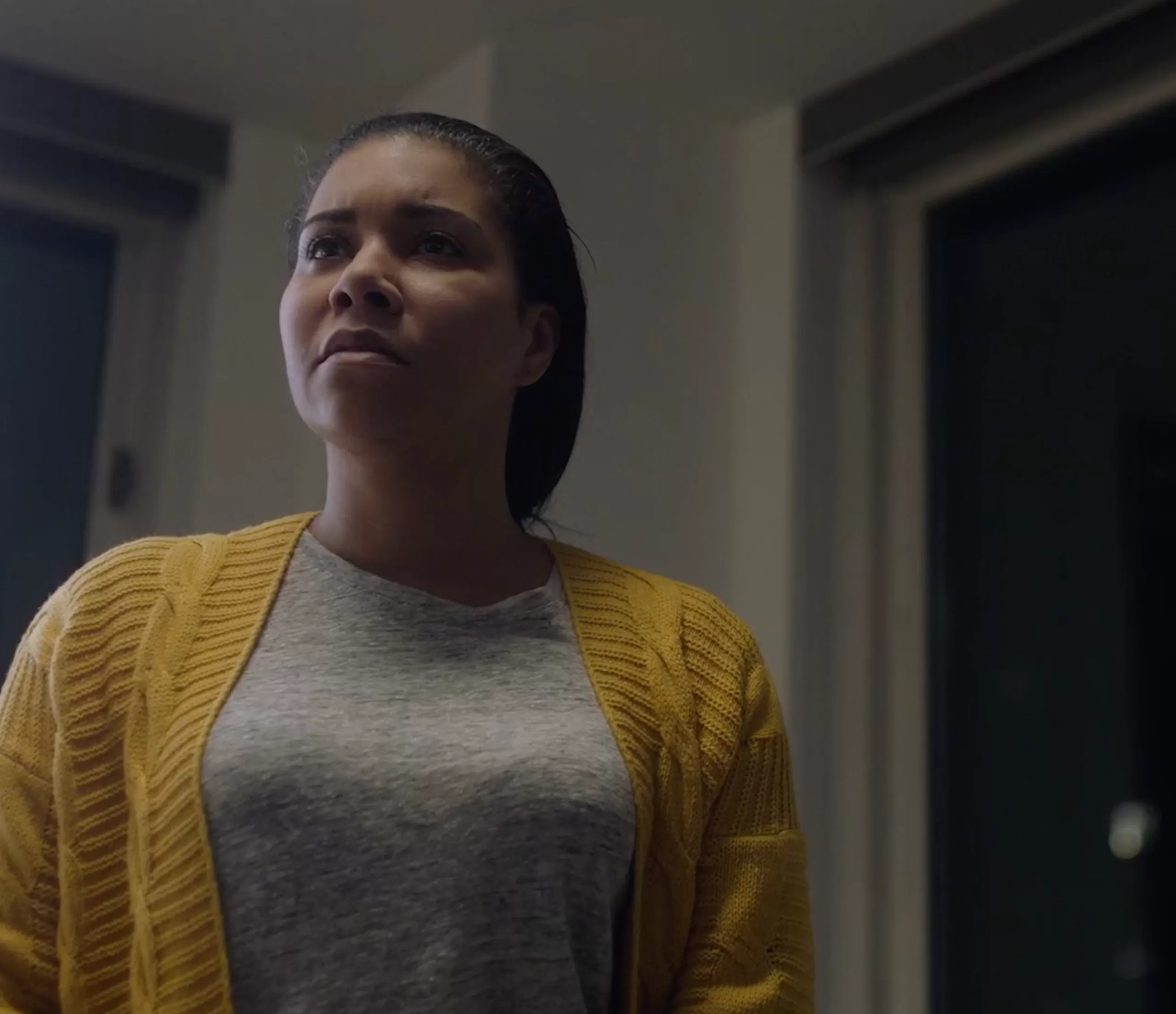THIRTY YEARS OF ADDICTION AND JAIL : “Life of Crime, 1984-2020”
Jon Alpert had been working on his documentary for so long, he had to transfer footage from videotape. Using a digital process known as “TerraNexing,” Alpert’s eighties and nineties footage was renewed on the 16:9 aspect ratio.
What couldn’t be sanitized was the horror of the nation’s drug epidemic, which Alpert shows us in microcosm in “Life of Crime, 1984-2020,” now playing on HBO. Alpert started the project in 1984, filming three low-level Newark hoods named Rob, Freddie and Deliris as they steal to feed their drug habits. Over several decades, we watch as the trio is in and out of prison, rehabilitated and back on the street. Their children, neglected and hungry, wish terribly that “this time” will be different.
Alpert said that in the early eighties his motorcycle was stolen twice in one week, which got him pondering life on the other side of the law.
“I thought, who’s doing this? Why are they doing it?” Alpert said during a phone chat this week, adding that he sought out subjects for his film at a Newark alternative school.
Early in “Life of Crime,” Alpert surreptitiously films Rob and Freddie lifting items from the store to resell on the streets. They seem philosophical, having made peace with the fact they will be caught sooner or later. Alpert shows a fourth subject, Michael, smacking around the mother of his child in front of their child. Michael is soon in jail and refuses to continue the filming; Alpert said he facilitated phone calls to Michael’s family from jail, only to have Michael break Alpert’s confidence by using the calls to conduct drug deals.
“That was the last contact that I had with him,” Alpert says, adding that since completing filming, Michael is now out of jail, and the pair has left each other voicemails.
Not so with Freddie, Rob and Deliris, whom “Life of Crime” shows in all of the rawness of their addiction. Deliris turns tricks on the streets of Newark, immediately pouring the proceeds back into heroin. Early attempts at getting clean end poorly. Freddie catches AIDS, almost certainly from sharing a needle, but even that doesn’t stop him from shooting up again.
At several points over the years, Alpert said he had given “Life of Crime” up for dead. Furthermore, he says that Freddie, Rob and Deliris, in addition to being his subjects, had become his friends.
“I only wanted good things to happen to them, but I also wanted to show the audience that you can get into the sunshine—and somehow cast off the drugs that are dragging you down,” Alpert said. “But it would all lead to sliding back [until] I said I can’t do this anymore; I’m making the same movie over and over again.”
Eric Althoff on 2021’s DOCNYC : the takeaways
That was about fifteen years ago. One day Alpert received a call from a woman claiming to be Deliris. He doubted the caller’s identity as word around town was that Deliris had long since died. However, the mystery caller knew the names of Alpert’s daughter and dog. Not only was she Deliris, she was calling to alert Alpert that she had been clean, for several years.
“I was in my car in two seconds to come out and see Deliris,” Alpert said. “The filming did not have the support at that particular moment from HBO; I was just doing this on my own because I thought this is very, very important.”
In a city notorious for its hard-luck cases, Alpert pressed Newark Mayor Ras Baraka to honor Deliris’s hard work and arc of redemption. Baraka agreed to give Deliris a parade and present her the keys to the city as an official Newark hero.
“Then the pandemic came,” Alpert said ruefully. “We were just marking time for the pandemic to end so that we could have ‘Deliris Day’ in Newark, [but] the pandemic beat us to the finish line.
“We were going to ‘drone’ the living daylights out of this final scene and make this a real triumphant Hollywood movie ending. And then real life snatched the ending away from us. That’s the beauty and the curse of documentaries: that you are not in charge.”
Indeed, “Life of Crime” is not, in the end, a tale of redemption for its subjects, whose ultimate fates are all shown without wincing. Alpert had previously directed “Baghdad ER” for HBO, which had impressed upon him the need to not turn away from the horror of injuries, be they from enemy fire or drug addiction.
“One of the things that war does to you, [and] one of the things [about] this film about drugs, is that you feel compelled to do whatever you can to shake people as hard as you can—and to get them to do something,” Alpert said. “So that we don’t have wars and we do whatever we can to properly deal with the destruction that drugs are causing.
“We still have the drugs killing us in more numbers than we’ve ever had before. And we’re not doing anything different.”
Alpert made several difficult decisions with his film, and he included some rather raw uncomfortable footage from an autopsy scene. But this is in keeping with what he believed Freddie, Rob and Deliris would want with presenting an unflinching perspective of their Newark life. Alpert said his subjects frequently told him that participating in the film was their single greatest achievement.
Alpert still keeps up with his subjects’ children, who are now adults with families of their own. Most remain in and around Newark, but they have largely avoided the path of drugs and crime evidenced by their parents.
Alpert appears to have a soft spot for long-haul projects such as “Life of Crime, 1984-2020,” a work that took 36 years to finish. His previous film, “Cuba & the Cameraman,” utilized footage collated over 45 years.
“Between the two of them, it’s almost a century of filmmaking,” Alpert said, adding that he is still working on another documentary about boxer Yuri Foreman, whom he has filmed for a quarter-century. Another project, called “Last Game,” details how climate change has had an impact in an unexpected place: outdoor ice hockey. A third documentary in the pipeline is about how the murders of Guarani tribespeople in Brazil—by those intent on taking away their land—were made to look like suicides.
Since “Life of Crime, 1984-2020” first played at DOC NYC, and is now on HBO, Alpert has fielded dozens of thankful letters from viewers who said they, or a loved one, have had a similar experience with drugs and addiction. While Alpert is quick to point out the drug and opioid epidemic has killed many more people than covid-19—and all of America’s wars put together— he is cagey on what can be done to “solve” the calamity beyond certain experiments in drug decriminalization and legalization.
“What I will say is that we cannot do what we have been doing for the 36 years that I’ve been making this film,” he said. “We’re just lying down in front of the steamroller.”
Waiting for politicians to make the changes won’t help either, Alpert says, adding that the city of New York is about to spend $9 billion on building the world’s largest urban prison, or “jailscraper,” rather than putting money into education and jobs programs.
He believes that some good can come from the tragedies of his subjects.
“Their constructive legacy rescues them from a destructive life,” Alpert said. “By participating in this film, and this film helping other people, they were doing something valuable and constructive. You have to believe, with a fire in your heart, that it’s important to make a film like this.”
“Life of Crime, 1984-2020” is now available on HBO Max
news via inbox
Nulla turp dis cursus. Integer liberos euismod pretium faucibua




